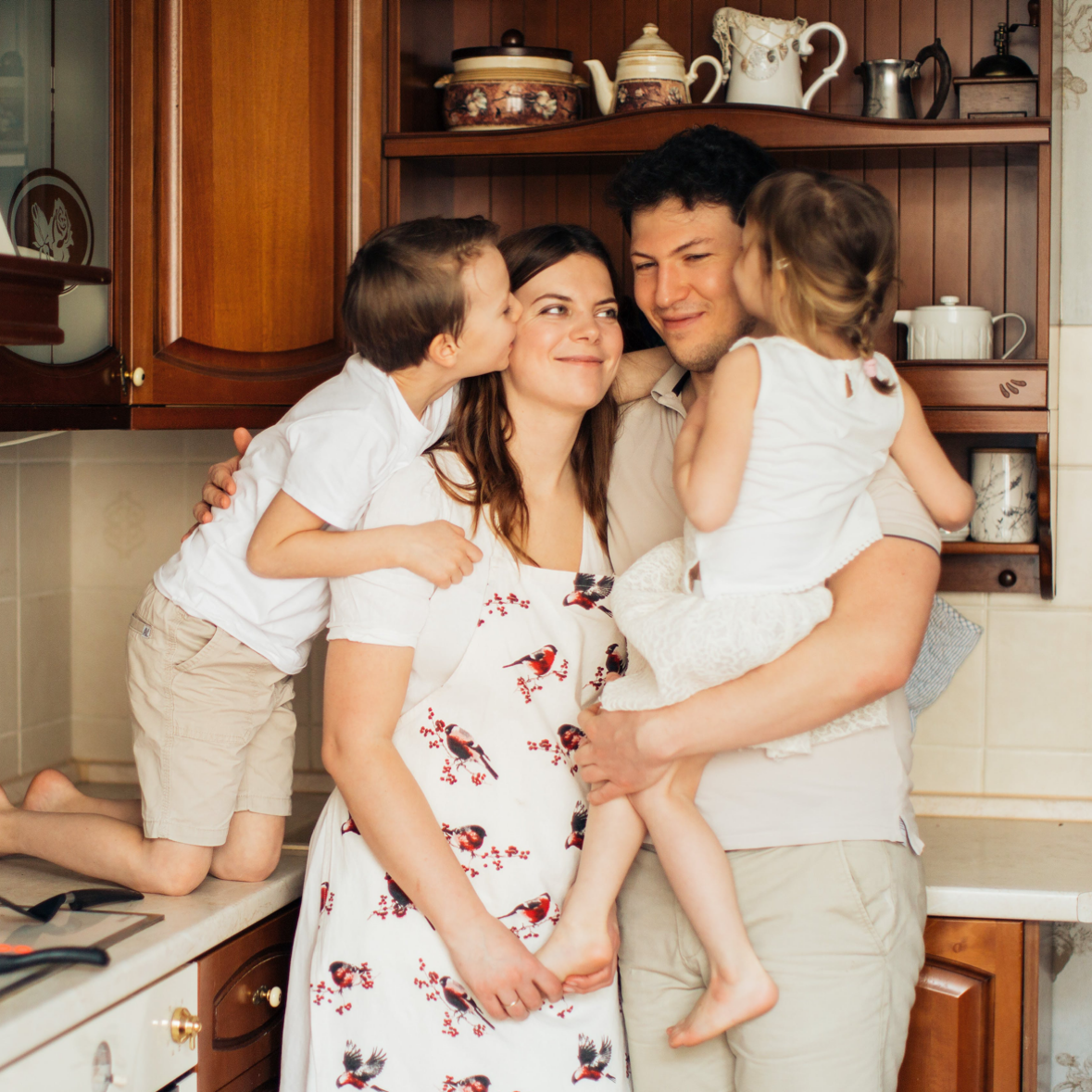
“I want to have a good relationship with my kids but I don’t want to spoil them!”
Does this statement feel familiar?
Attachment does not mean that you have to give your children everything they want, when they want it, and how they want it. It means listening to them, taking the time to understand why they want the things they want, and—if you can’t let them—brainstorming more godly and efficient ways that you could help them meet at least some of those needs in the here and now.
Alternatively, if you have to say no, as parents often must, it is always for a good and objective reason (for instance, your child’s safety or well-being) and not just because you don’t feel like it or because you reactively tend to say no to things out of stress and irritability.
In infancy and toddlerhood, fostering healthy attachment means responding promptly, generously, and consistently to cries. It means trusting the schedule God has built into your child for sleeping, feeding, and comforting and not making your child “cry it out” at night, or cry for long periods as a matter of habit during the day. Crying is never good for a child. It always means he needs help in regulating some system in his body (Sunderland, 2008). God gives parents the responsibility to attend to those cries promptly, just as he tells us He does in Psalm 34:4. “I sought the Lord, and he answered me, and delivered me from all my fears.”
As your child matures through childhood and adolescence, his needs become more complicated to meet. Parents should, as much as possible, use the “qualified-yes” technique in responding to these needs unless the request is for something that is truly contrary to the child’s well-being. For instance, if a child asked for something the parent couldn’t afford, the qualified-yes technique would have the parent say, “I can afford to contribute only X toward that, but let’s talk about ways you might be able to earn the difference if it is that important to you. Otherwise, this is what I can do. What do you think?” This would be as opposed to saying, for instance, “You want me to spend $250 on a pair of sneakers? Are you crazy?”
With the qualified-yes technique, the child learns that the parent is always someone to whom he can turn to get help in meeting his needs or making a plan by which those needs could be met. Because of this, even when the parent can’t supply what the child wants or needs, the child still feels attached because he has been heard and helped to come up with a plan. And, if the child decides that having that thing really isn’t worth the effort after all, it is he who makes that decision, and not the parent who makes himself an obstacle to achieving that need or want.
For more on how to use the qualified-yes technique as a way of fostering attachment through childhood and adolescence, check out our books Parenting Your Kids With Grace and Parenting Your Teens and Tweens With Grace!
Quick Links and Resources:
Parenting Your Kids With Grace
